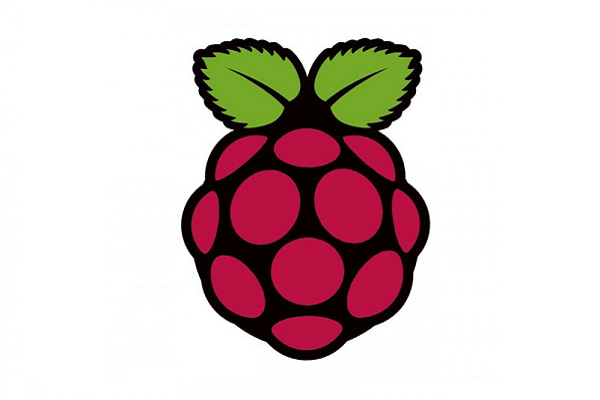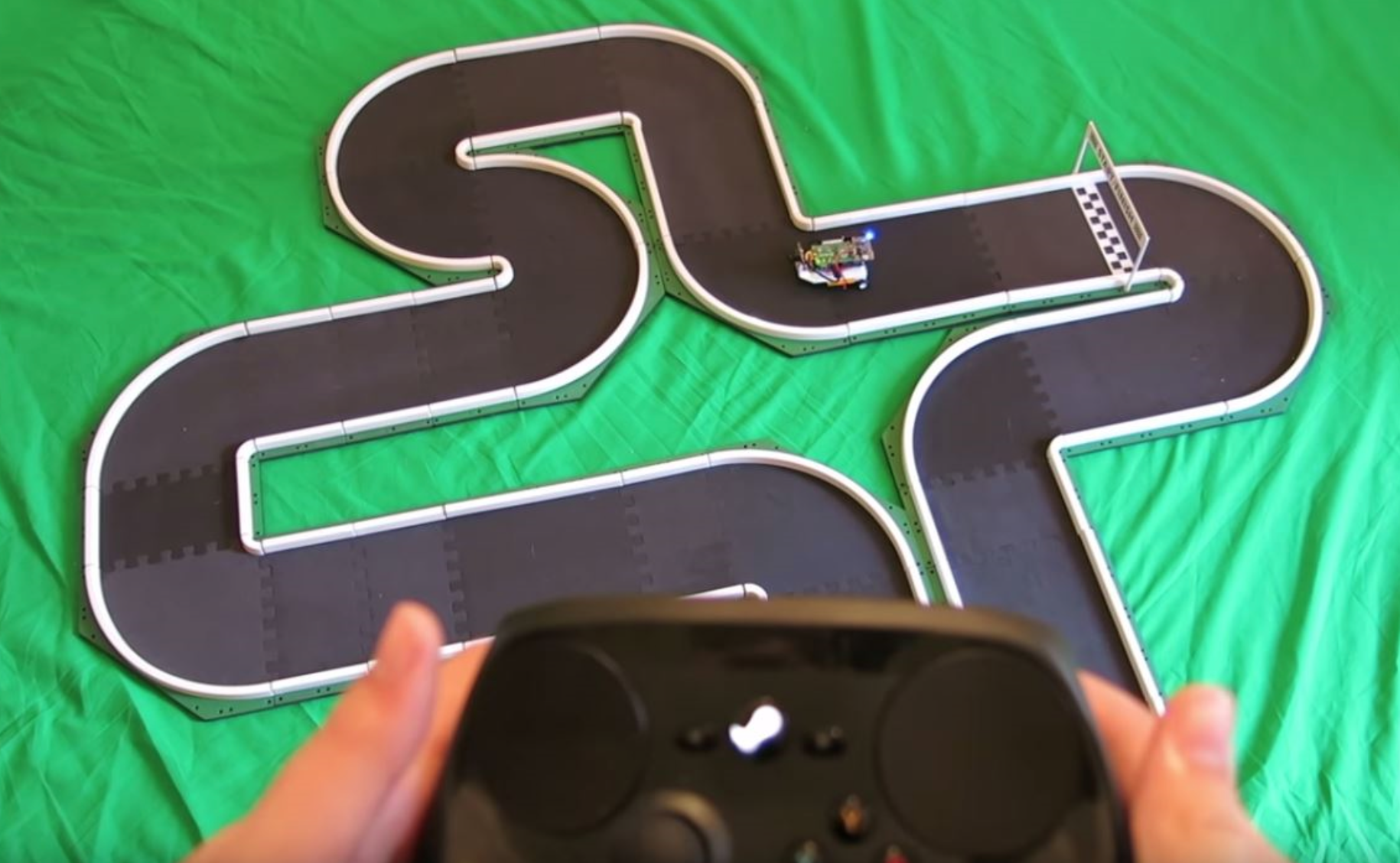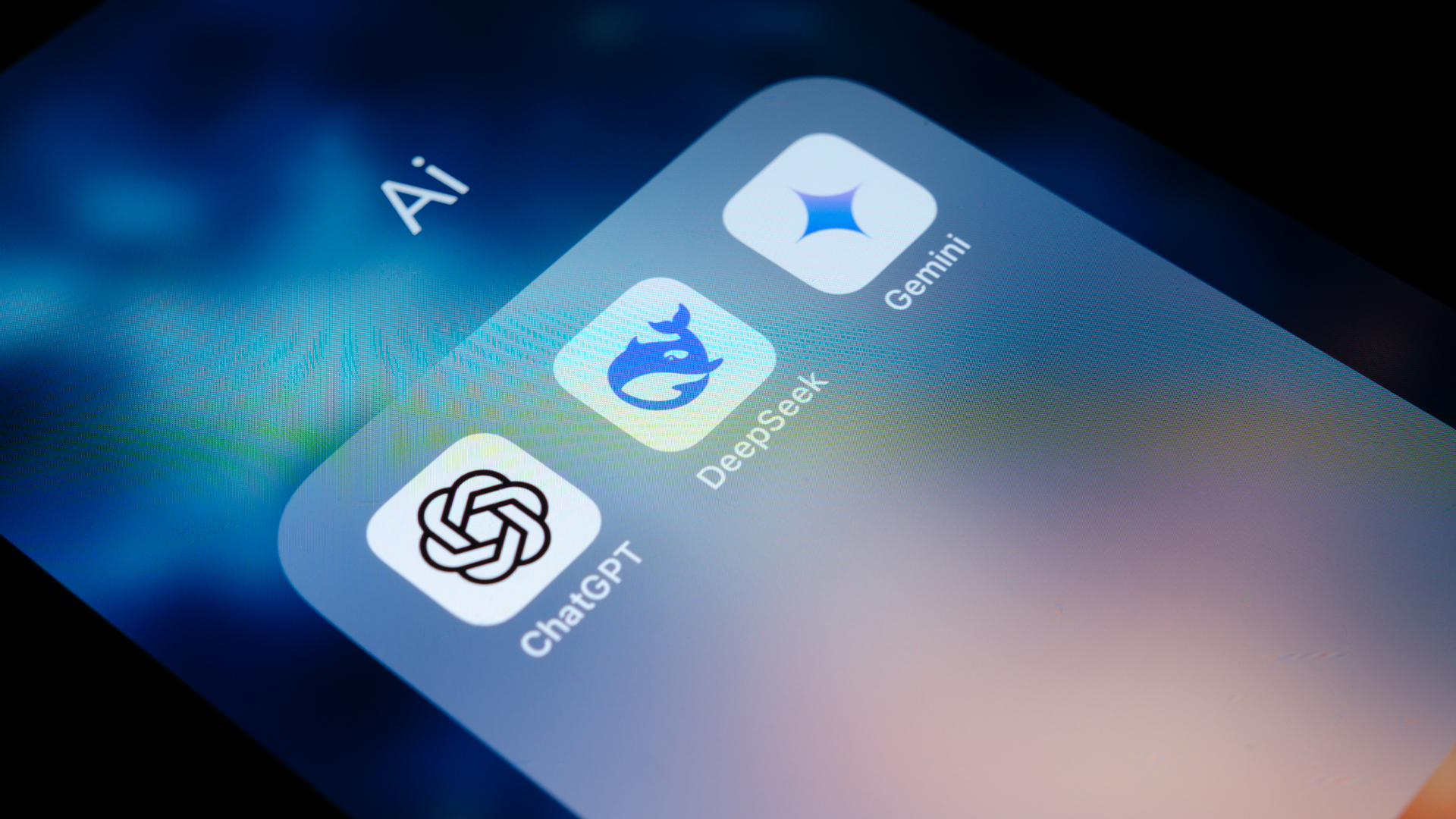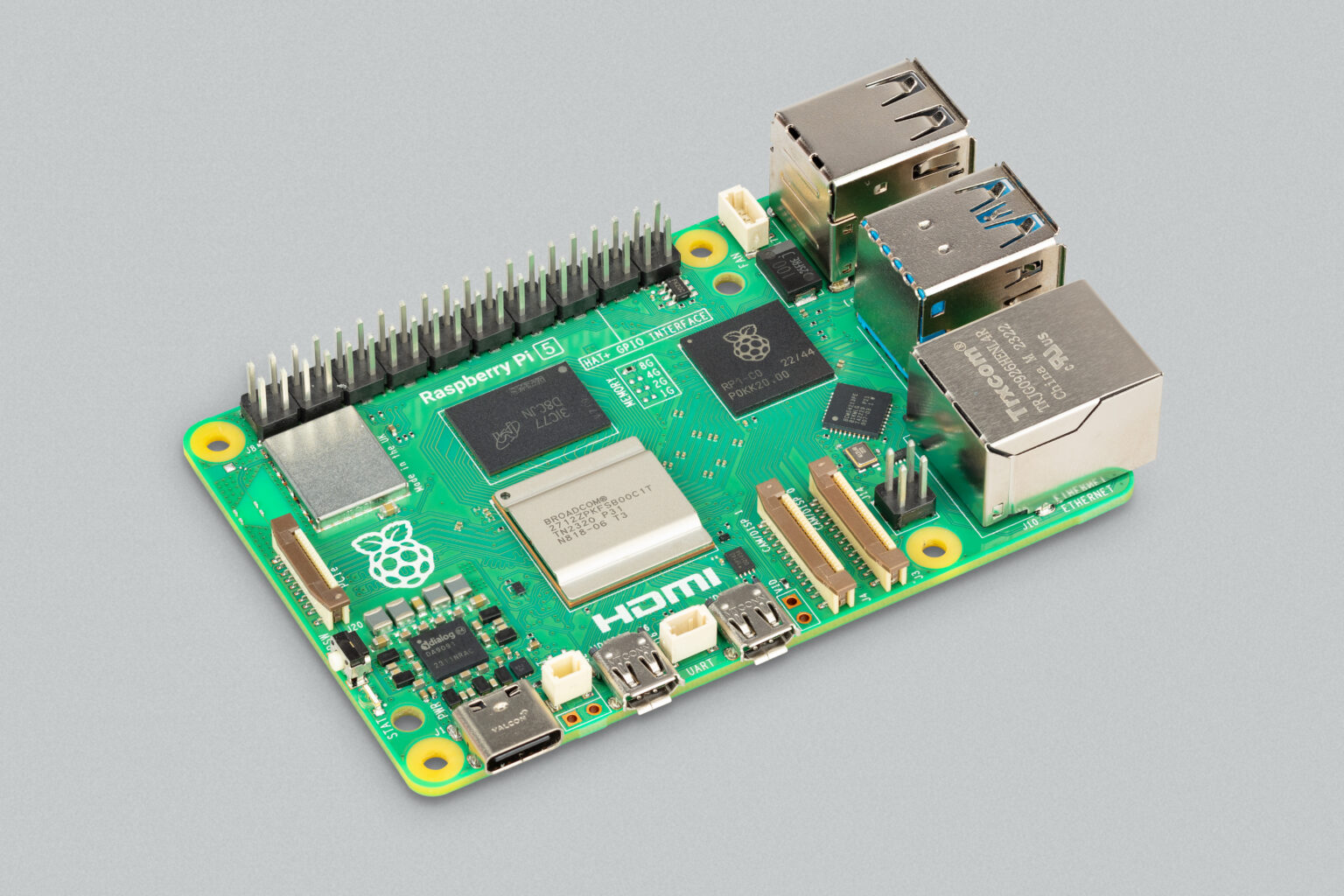The best Raspberry Pi projects
A collection of the best Raspberry Pi projects around for both experienced tinkerers and first-time hobbyists


The Raspberry Pi is a great piece of hardware, and successive iterations have only built on its ability to deliver impressive functionality inside a small package.
Nowhere is that more evident than in the Raspberry Pi Zero, which comes in at half the size of the Model A, complete with a microSD card, a microUSB slot, and a mini HDMI. That tiny footprint means that this particular model excels at being as discreet as possible, allowing for even smaller creations.
With that in mind, we decided to pull together some of our favourite projects that take advantage of this small stature. Be warned, given the size of the board, some of these projects may prove to be more fiddly than you're used to, and we're also not shying away from some seriously complicated designs.
Build a self-driving car

Self-driving cars are a hot topic right now, and you can build your own using the Raspberry Pi Zero W. You’ll require quite a lot of components, including wheels, cameras, LiPo batteries, a bunch of cables and a game controller. The controller is used to drive the SDCs while the camera provides input into an online machine learning predictive algorithm that learns how to autonomously drive around a track.
The project uses Python to code things out, so a basic knowledge of Python should help. Even if you're not clued-up, the instructions are pretty detailed and you can simply follow them to complete the build on your own.
Full instructions can be found on Hackaday.io.
Converting a Raspberry Pi Zero into a dongle computer
If you have ever found yourself becoming frustrated by having to plug-in various peripherals and adapters every time you want to test something out on your Raspberry Pi, this project could be for you.
Sign up today and you will receive a free copy of our Future Focus 2025 report - the leading guidance on AI, cybersecurity and other IT challenges as per 700+ senior executives
This neat little hardware hack converts the Raspberry Pi board into a dongle computer, allowing you to use another computer's internet connection, screen and peripherals by simply plugging it into the USB port. This also still allows you to Secure Shell (SSH) into your Raspberry Pi, as well as install remote desktop clients, or share files between the computer and the Pi. This makes it an ideal solution for those that want to quickly run tests on the Pi without having to have dedicated equipment.
The hack also maintains the original tiny footprint that makes the Raspberry Pi Zero so useful, only now it's marginally longer due to the extra USB-A connector. The original ports are still fully functional, although it's going to be a little awkward trying to slot extra adapters into the micro USB ports when used as a computer dongle – so we'd recommend you avoid this.
Build a Raspberry Pi drone
Thanks to the popularity of drones in recent years, it was only a matter of time before people realised that the Raspberry Pi was ideally suited to powering these unmanned aircraft – especially when the Zero came along.
This is one of the more expensive projects to feature on our lists, with the entire design setting you back around $200 (£150) to complete. In order to build this, you'll need to source a PXFMini autopilot board (a tiny, lightweight daughter board specifically designed for the building of drones), and a specialised Linux image. You'll also need to source a quadcopter frame and a compatible power module.
Once built, you'll be able to use PXFMini board to create a Wi-Fi network that you can connect a gamepad to, or you can even use Robot Operating System (ROS) software to create a visualisation of the flight path and control the drone through its UI.
Here's a handy step by step guide if you feel up for the challenge.
Build a Raspberry Pi Zero-powered smartphone

One of the first applications of the original Raspberry Pi was building a homebrew smartphone, but the launch of the smaller Raspberry Pi Zero, followed by the Raspberry Pi Zero W, has allowed makers to build even smaller versions.
Resembling nothing more than one of the old Nokia 3410s turned inside-out, the ZeroPhone is designed to be cheap, open source, and easy to assemble and repair. According to the inventors, "ZeroPhone is a platform for hackers, people not happy with their smartphones, people that want privacy, people that want the power of Linux in their pockets and many more".
Check out the full guide on Hackaday for instructions on how to make it.
Create your own coffee notification system
Tired of not knowing when your coffee is hot and ready to drink? Then put together this coffee notification system to fuel your caffeine-infused day and always know when a fresh pot is ready to be consumed. Caleb Brewer came up with this device, which is essentially a coffee alert system that sends notifications to your mobile or laptop when a fresh pot of coffee is brewed.
You’ll need a Raspberry Pi Zero-W, some jumper wires, a digital temperature sensor, a box with piping, and coding skills. The device works by attaching a thermometer to your coffee pot to monitor the temperature of the liquid. When the coffee hits a certain temperature, the temperature that you will usually drink your coffee at once it has been brewed, it sends a Slack notification to you to inform you that the coffee is ready.
This could work well in the office or at home and, if you are crazy for coffee, maybe you could even code it so you always get the notification first before your colleagues or family members. Check out the full video from Brewer to see the complete instructions on how to put this handy gadget together.

Clare is the founder of Blue Cactus Digital, a digital marketing company that helps ethical and sustainability-focused businesses grow their customer base.
Prior to becoming a marketer, Clare was a journalist, working at a range of mobile device-focused outlets including Know Your Mobile before moving into freelance life.
As a freelance writer, she drew on her expertise in mobility to write features and guides for ITPro, as well as regularly writing news stories on a wide range of topics.
-
 Using DeepSeek at work is like ‘printing out and handing over your confidential information’
Using DeepSeek at work is like ‘printing out and handing over your confidential information’News Thinking of using DeepSeek at work? Think again. Cybersecurity experts have warned you're putting your enterprise at huge risk.
-
 Can cyber group takedowns last?
Can cyber group takedowns last?ITPro Podcast Threat groups can recover from website takeovers or rebrand for new activity – but each successful sting provides researchers with valuable data
-
 Arm acquires stake in Raspberry Pi in bid to drive IoT development
Arm acquires stake in Raspberry Pi in bid to drive IoT developmentNews The deal confirms a long-standing Raspberry Pi commitment to Arm chips
-
 Raspberry Pi 5: New model is “2-3 times more powerful” than previous generation
Raspberry Pi 5: New model is “2-3 times more powerful” than previous generationNews The new Raspberry Pi 5 will provide a “no-compromise user experience”, the firm said
-
 Sony invests in Raspberry Pi to strengthen edge AI offering
Sony invests in Raspberry Pi to strengthen edge AI offeringNews The move follows longstanding ties between the two firms
-
 Return of the Mac
Return of the MacIn-depth Developer Jarosław Mazurkiewicz explains the creative process behind MacintoshPi and why he wanted to bring a classic Mac back to life
-
 Raspberry Pi ten years on: Breathing new life into retro machines
Raspberry Pi ten years on: Breathing new life into retro machinesIn-depth A full decade after the Raspberry Pi first hit shelves, the microcomputer is reviving older PCs and games consoles
-
 The IT Pro Podcast: Turning developers into craftspeople
The IT Pro Podcast: Turning developers into craftspeopleIT Pro Podcast Making software is about much more than pushing code, explains Raspberry Pi founder Eben Upton
-
 What is the Raspberry Pi Pico?
What is the Raspberry Pi Pico?In-depth Introducing the latest $4 member of the family of single-board microcomputers
-
 Raspberry Pi 4 gets an official case fan
Raspberry Pi 4 gets an official case fanNews The £4.50 fan will prevent the board's ARM Cortex-A72 processor from overheating